On dated 10th November, 2015 representative of St. Michael the Archangel Orthodox mission Pakistan, Fr. Cyril Amer along with orthodox youth mission team visited Nomadic community residing in Sargodha reign on request of Nomadic community. The community plead to orthodox church that like other missionary school why not orthodox church start school for their deprived and neglected community orthodox mission team visit them and met with families and children’s to know their desire and will. We really inspired and touched that almost every children have desire to get education and become doctor, engineer, politician and teacher they want to change their life through education. Orthodox mission have decided to open Nomadic school system for Nomadic community. We plead for your holy prayers and support to promote education in Pakistan, for further information feel free to contact. Fr.cyril@ocpak.com
About Nomadic Community in PakistanLiving in the hustle and bustle of cities and towns can be pretty difficult, if not impossible, to imagine that there are still people here in Pakistan who live life on the move with — during their twice yearly migrations — a different camp site out under the stars each and every night. This is how Gujjar nomads still live. These colourful nomadic herders live in harmony with the environment and their huge flocks of sheep and goats on which their very existence depends. Majority of them undertake their spring and autumn migrations on foot, covering hundreds of kilometres in a matter of weeks but some, presumably better off tribes, get to ride the gaily caparisoned ponies and mules they also breed as another source of income. These nomads, anthropologists think, evolved from the ancient Turkic tribes of Central Asia and are known throughout the Himalayan, Karakorum and Hindu Kush regions. Their life revolves around the well-being of their animals which they graze in the plains during the cool of winter, walking them back up into the high mountains for the summer season when weather in the plains is too hot for them to endure. These Gujjar tribes have their own customs, culture and language, although they also speak the language of their traditional wintering places too. So those spending the winter in Punjab speak Punjabi as a second language as this is necessary for them to conduct business plus, as some of them are appointed as agricultural labourers, it is a must that they can converse with their employers in order to understand the jobs to be done. Surprisingly enough, these people rarely eat meat as they consider their animals far too valuable to kill. Their diet largely consists of milk, cheese, yoghurt, edible wild plants which they gather from their surroundings while keeping in mind never to harvest too much from one place as this would mean that there may not be a crop the next time they are passing through. They also eat lots of roti — buying sacks of flour from the income they make by selling animals now and then, and they wash everything down with endless cups of tea, tasting of smoke from the campfires over which they cook. Gujjar ladies are in the habit of plaiting their hair in hundreds of tiny plaits from which they hang a variety of highly decorative hair ornaments. When in camp, they also spend hours on end embroidering their clothes with traditional designs, echoing these intricate patterns on the cushions, blankets and mats with which they furnish their tents and also on the bridles, saddle cloths and ornaments used on their ponies and mules which are a colourful site to see as, fully loaded with goods, they traverse the roads from one place to another. During the spring and autumn migrations it is customary for young children to ride on top of baggage piled on ponies and mules as their short legs cannot keep the gruelling pace set by their elders. Young goats and sheep, much prized possessions, are also securely fastened on top of baggage ponies/mules as they couldn’t keep up either and are carefully unloaded to be reunited with their mothers when the caravan stops to make camp for the night. Gujjar children rarely, if ever, get the chance to go to school which puts them at a great disadvantage later in life if they decide to settle permanently in one place as, being uneducated, work opportunities are limited. These days though, some of the children do manage to spend a few weeks in school during winter in the plains but, on the whole, most prefer tending their family herds in the great outdoors which is what they are used to doing. In days gone by, these migratory tribes along with other nomadic peoples such as Kuchis with their camel caravans, were able to migrate between Pakistan, Afghanistan, Central Asia, China, Tibet, Kashmir and India, but their movements were severely restricted by wars, international boundary regulations and also by the partition of India when Pakistan came into being.There are now far less nomadic people of this nature than there used to be, their numbers have particularly decreased over the past 60 years or so, yet, even so, they are still counted in the thousands although no one really knows exactly how many there really are. While educated people all over the world talk about saving the environment and having respect for nature, nomadic tribes have always practised such things as they are fully aware that if they misuse or exploit their natural surroundings they will suffer for it sooner or later. Each particular tribe sticks to its own ancestral route of migration; say for example, summering in a particular valley in Chitral and wintering near a certain village in the plains of Punjab, with specified nightly camping grounds along the very long route to and fro. Others summer in the alpine valleys of Azad Kashmir or in the spectacular hidden mountain valleys of remote Alai in Khyber Pakhtunkhwa, but all winter down in the relative warmth of the plains, beginning their migrations as soon as temperatures begin to drop and well before the advent of the first snow fall which would trap them and their livestock in the mountains for the winter. Just how many more years the nomadic way of life will be able to survive is highly questionable as the modern way of living, so very different from theirs, is managing to adversely affect nomadic movements. New roads and motorways now cut through traditional travelling routes, land on which they have always camped is not always open to them anymore and finding new camping grounds — where the huge herds of animals can graze plus have access to water — is increasingly difficult and even their winter camping grounds are disappearing under construction sites. The day nomadic people are forced to stop their traditional migrations will be a very sad one indeed. People who are not used to living in one place all the time will find it extremely difficult to settle down and neither would they then be able to retain the herds on which their survival depends as they would not be able to find enough suitable land on which to graze them. For now at least, they are able to live alongside the natural world in a far more sustainable manner than you or I and could, most certainly, teach us all a thing or two.

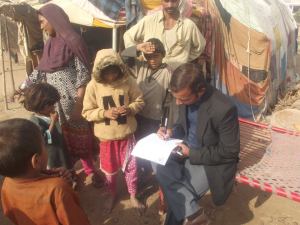



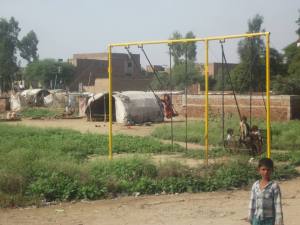



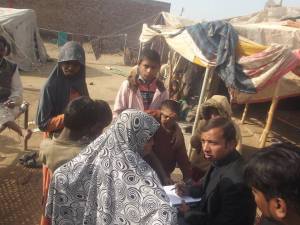




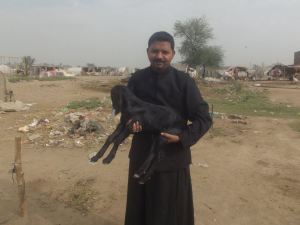

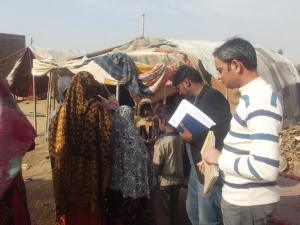




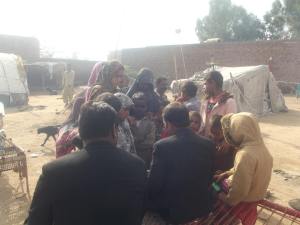








No comments:
Post a Comment